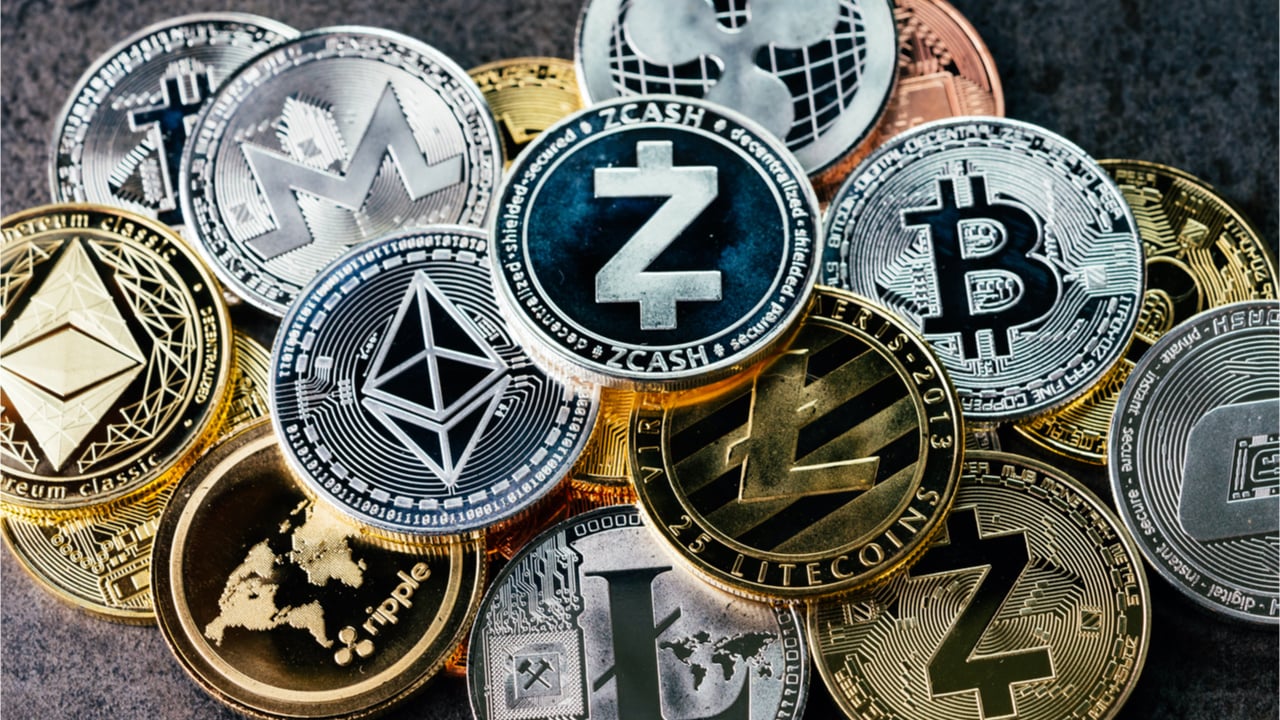
Bleach — it’s that sharp-smelling liquid in your laundry room and under your kitchen sink. But it’s also a bit of a chemical mystery, isn’t it? Is it a cleaner? A sanitizer? A stain killer? All of the above? Let’s break it all down, one bubble at a time.
What Is Bleach?
Bleach is a chemical compound that’s used to whiten, disinfect, and remove stains. Sounds pretty straightforward, right? But not all bleaches are created equal. Some are chlorine-based, some oxygen-based, and some aren’t really “bleach” at all — they just get the job done in a less aggressive way.
The Science Behind Bleach
Bleach works by oxidation, which means it breaks down molecules that cause color, dirt, or germs. It changes the chemical structure of whatever it touches — from wine stains to bacteria — making it disappear or become harmless.
Types of Bleach
You’ve got your household bleach, industrial-grade bleach, and even beauty bleach for hair and skin. But they’re not interchangeable. Trust me, you don’t want to use laundry bleach on your face.
History of Bleach
From Ancient Times to Modern Chemistry
Ancient Egyptians used lye and sun exposure to whiten fabrics. But it wasn’t until the late 1700s that modern bleach, as we know it, was born — thanks to a French chemist named Claude Berthollet. Fast forward to today, and bleach is a staple in homes around the world.
How Bleach Works
Breaking Down Stains and Germs
Think of bleach like a microscopic demolition crew. It busts apart stains and microbes at the molecular level. Whether it’s mold on your shower curtain or bacteria on a countertop, bleach neutralizes it.
Different Types of Bleach
Chlorine Bleach
This is the heavy-duty stuff — sodium hypochlorite in a bottle. It’s what most people picture when they think of bleach. Great for whites and hard surfaces, but harsh on fabrics and lungs.
Oxygen Bleach
Also known as “color-safe bleach,” it uses hydrogen peroxide to clean without the harshness. It’s better for the environment and your colored clothes.
Bleach Alternatives
Think vinegar, baking soda, lemon juice. These won’t whiten your socks like chlorine bleach, but they’ll kill germs and freshen up your home — no gas mask required.
Common Uses of Bleach
Household Cleaning
Bleach wipes out germs in kitchens, bathrooms, and even on floors. Just don’t forget to ventilate!
Laundry Whitening and Disinfection
Nothing beats bleach for making whites white again. Plus, it sanitizes your sheets and towels.
Industrial and Medical Applications
Hospitals use bleach to sterilize surfaces, and it’s even used in water treatment plants to kill harmful microorganisms.
Safety Tips When Using Bleach
Handling and Storage
Always wear gloves. Bleach can irritate skin and eyes. Store it in a cool, dark place — sunlight and heat degrade it quickly.
What Not to Mix with Bleach
Bleach + ammonia = toxic gas. Don’t do it. Ever. Same goes for vinegar. It might seem harmless, but that combo releases chlorine gas — yikes!
Environmental Impact of Bleach
Is Bleach Eco-Friendly?
Short answer: not really. Chlorine bleach can create harmful byproducts in waterways. Oxygen bleach is a safer alternative. Always use bleach responsibly and sparingly.
Bleach in Pop Culture
“Bleach” the Anime and Manga
Yep, there’s a whole Japanese anime series called “Bleach” — and no, it’s not about cleaning toilets. It’s about soul reapers, spiritual realms, and epic battles. Fun twist, right?
Myths and Misconceptions About Bleach
Bleach Is Not Always the Best Option
People think bleach is a cure-all. It’s powerful, yes — but not always the right choice. Sometimes, hot water and soap are more than enough.
DIY Cleaning Recipes Using Bleach
Simple Home Solutions
- Disinfectant Spray: Mix 1 tbsp of bleach with 1 quart of water.
- Toilet Cleaner: Pour half a cup into the bowl, let sit, and scrub.
- Mold Remover: Spray diluted bleach on tiles, let it sit, rinse.
Bleach Alternatives for Sensitive Users
Natural Disinfectants
If bleach gives you a headache, try:
- White vinegar
- Hydrogen peroxide
- Tea tree oil
- Lemon juice
These aren’t as strong, but they get the job done for everyday cleaning.
Final Thoughts on Bleach
Bleach is a powerful tool — when used correctly. It can clean, disinfect, and whiten like a pro. But it’s not a magic potion. Use it wisely, understand its limitations, and when in doubt, grab the baking soda. Sometimes, the gentler path is the smarter one.


